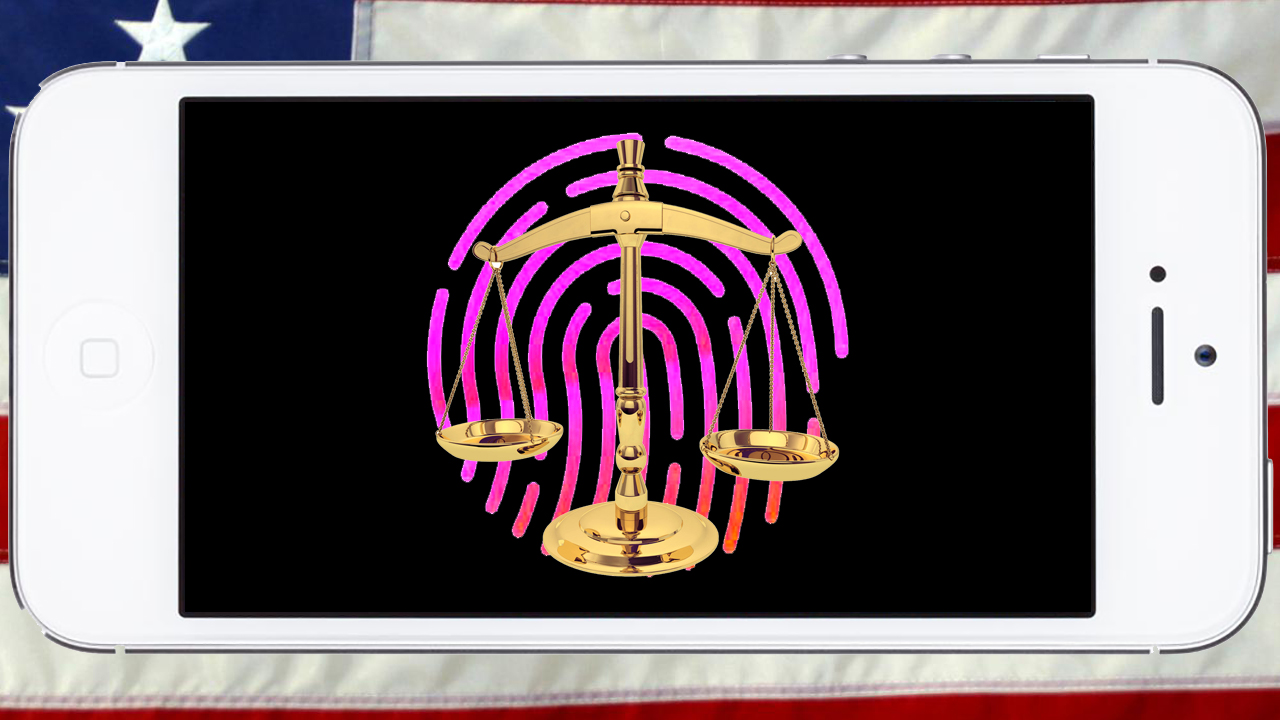When it comes to technology-related security fears, many people immediately think of hackers and identity thieves as the number one threat, but over the last few years it’s become increasingly clear that the very people assigned to protect you are the ones to be afraid of. Case in point: A Virginia judge ruled on Thursday that police are more than welcome to force you to unlock your phone with a fingerprint, if that’s how you keep it secured. However, if you use a pass code, forcing you to enter it would violate your fifth amendment right to not incriminate yourself. The judge said in his written opinion:
“Giving police a fingerprint is akin to providing a DNA or handwriting sample or an actual key, which the law permits. A pass code, though, requires the defendant to divulge knowledge, which the law protects against.”
Ironically, this means that your information is much less safe if you use the touch ID on your phone, and it negates the recent encryption assurances that Google and Apple have implemented. Those companies say that with their new encryption, only you can open your phone and even if they were served a warrant, it would be impossible to provide authorities with your information. That fact has pissed off law enforcement and even prompted some to call for legislation that prevents such complex encryption.
After the NSA leaks by Edward Snowden showed the world that government wants all of your information all the time, the general public has been aware of the need to protect themselves more strictly. While the Supreme Court ruled back in January that police still need a warrant to search your phone, encryption can make that impossible. With the insane amount of private information that some people pump into their cellphones, allowing a search can be closer to a raid on your virtual brain.
Whether you’ve done anything wrong or not, if you value your privacy, it’s a safe bet that you’re better of just using an old-fashioned pass code.
(Photo: Apple)


